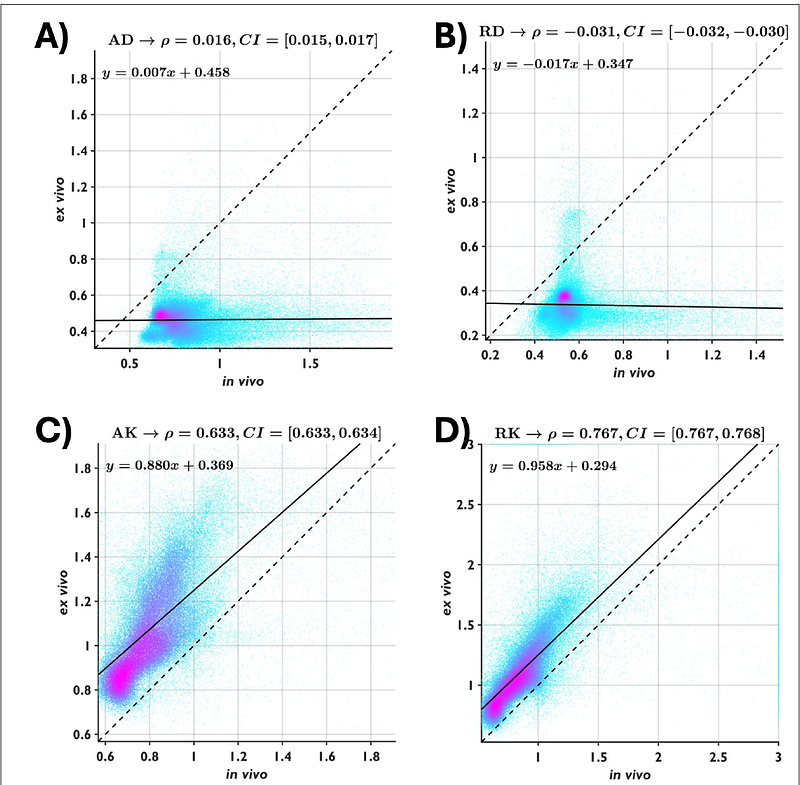3D multimodal histological atlas and coordinate framework for the mouse brain and head

3D multimodal histological atlas and coordinate framework for the mouse brain and head
Tward, D. J.; Flannery, P. J.; Savoia, S.; Mezias, C.; Banerjee, S.; Richman, M.; Lodato, B.; O'Rourke, J. R.; Balani, S.; Arima, K.; Washington, S.; Coronado-Leija, R.; Zhang, J.; Mitra, P. P.
AbstractBrain reference atlases are essential for neuroscience experiments and data integration. However, histological atlases of the mouse brain, crucial in biomedical research, have not kept pace. Autofluorescence-based volumetric brain atlases are increasingly used but lack microscopic histological contrast, cytoarchitectonic information, corresponding MRI datasets, and often have truncated brainstems. Here, we present a multimodal, multiscale atlas of the laboratory mouse brain and head. The new reference brains include the whole head with consecutive Nissl and myelin serial section histology in three planes of section with 0.46 m in-plane resolution, including intact brainstem, cranial nerves, and associated sensors and musculature. We provide reassembled histological volumes with 20 m isotropic resolution in stereotactic coordinates, determined using co-registered in vivo MRI and CT. In addition to conventional MRI contrasts, we provide diffusion MRI-based in vivo and ex vivo microstructural information, adding a valuable co-registered contrast modality that bridges MRI with cell-resolution histological data. We shift emphasis from compartmental annotations to stereotactic coordinates in the reference brains, offering a basis for evolving annotations over time and resolving conflicting neuroanatomical judgments by different experts. This new reference atlas facilitates integration of molecular cell type data and regional connectivity, serves as a model for similar atlases in other species, and sets a precedent for preserving extra-cranial nervous system structures.